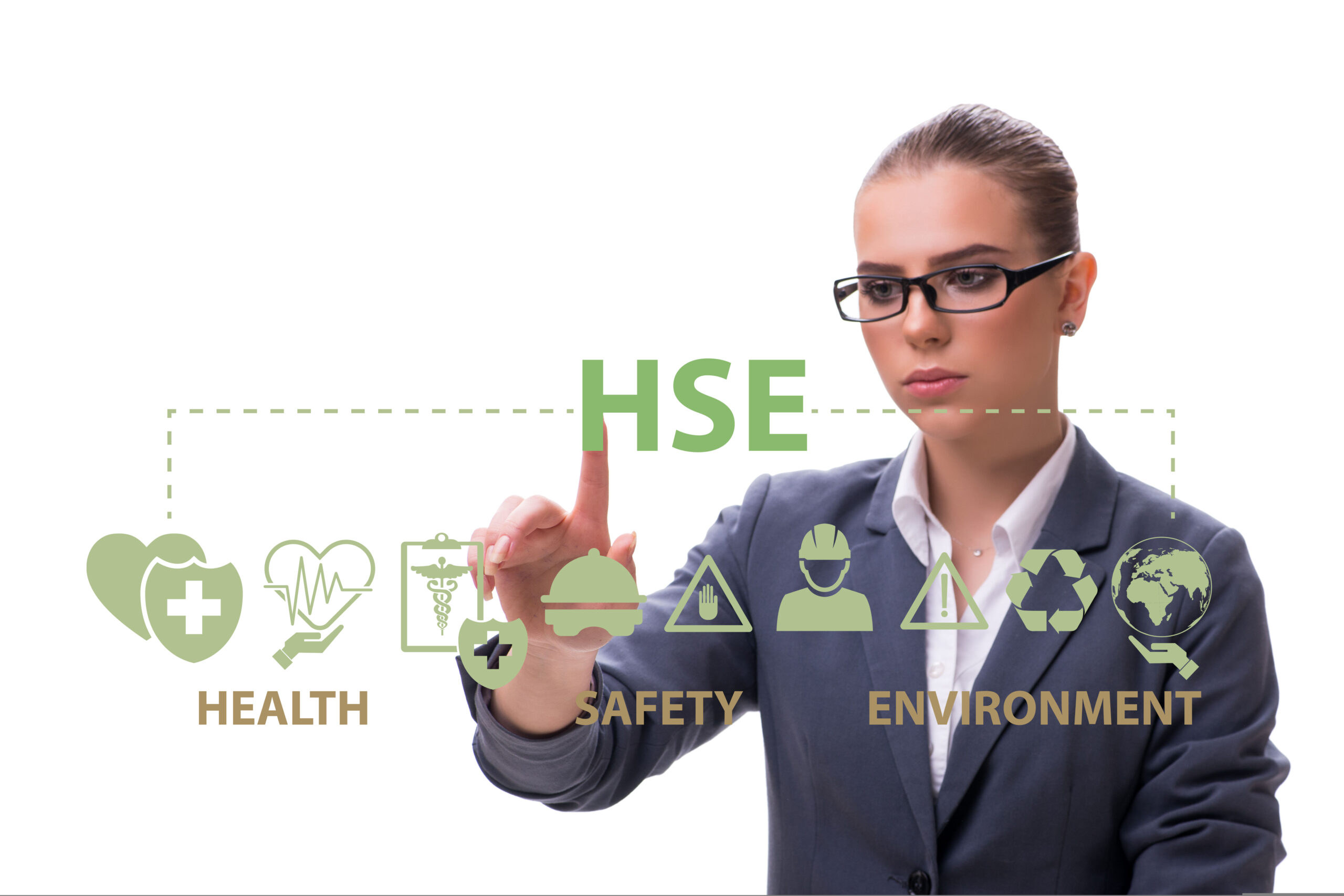Workplace accidents are expensive and can be devastating to a company and its workers. The National Safety Council (NSC) has reported that the total cost of work injuries in 2020 was $163.9 billion. This number includes wage and productivity losses, medical expenses, and administrative expenses. In addition to dealing with the injury or death of an employee, the company could also face an increase in workers’ compensation costs, poor employee morale, loss in production, expensive litigation, OSHA fines, and a tarnished reputation in the industry. How can companies prevent these damaging accidents? There are several actions to take when attempting to prevent employee accidents and injuries, including:
- Supervising and communicating about work activities.
- Investigating any accidents or near misses immediately after they occur.
- Providing safety training to all employees.
- Rewarding employees who perform operations safely.
- Conducting periodic inspections of the workplace.
- Analyzing accident data to identify trends.
This article will focus specifically on the last action point, taking a closer look at what exactly it means to identify trends for increased workplace safety. To identify trends in accident data, an employee or team will need to be continuously collecting, analyzing, and following up on EH&S data. This serves to help companies identify tasks, equipment, and/or processes that leave workers at risk and need to be addressed. When the data surrounding incidents is compiled and assessed, trends and patterns are likely to become noticeable. Identifying this information and using it to plan and deploy appropriate preventative safety measures will reduce injuries and accidents.
A guideline for determining which accident and near miss information should be analyzed is whether or not the data gathered answers the following questions:
- What type of injury occurred? (E.g., slip/trip/fall, significant injury, etc.).
- Did the injury involve days away, work restrictions, or transfer?
- Within what department did it occur?
- During what shift did it occur?
- What was the date and time of the incident?
- What body part was affected?
- What equipment/vehicle was involved?
- Where did it occur? (Specificity is important).
Once data is recorded that answers these questions and accurately gives context to an incident, employers can take this information and assess any commonalities. Have accidents regularly occurred in the same location, on the same shift, or at the same time of day? As this requires carefully combing over a vast amount of information, this task is easier said than done. At this point in the analysis, introducing EH&S management software can quite literally be a lifesaver.
EH&S management software can enable companies to record, track, and analyze information on any number of workplace incidents including near misses, vehicle accidents, and worker injuries. Once analysis is simplified by compiling and storing all the relevant details in one central data repository, the identification of corrective actions or physical changes to the workplace can take place. EH&S management software can be used to assign the changes or corrective actions to appropriate parties and track the follow-up tasks that are needed to prevent additional accidents or injuries. The person(s) responsible for the follow-up tasks and other parties can receive automated notifications anytime an action is assigned, given a due date, overdue, or completed. Additionally, EH&S management software can assist with accident and near miss reporting, tracking safety training requirements, and completion of important recordkeeping requirements (such as the OSHA 300 log), saving organizations from a significant amount of spent time and aggravation.
In helping companies avoid fines, penalties, and other costs, an investment in EH&S management software arguably pays for itself. Aside from this, no price tag can be placed on the peace of mind that comes from working in a safe environment. EH&S management software helps with the analysis of safety data, providing user communities with the tools needed to identify trends in the workplace and prevent accidents before they happen. This can be a cornerstone of driving organizational change and continuous improvement. Using information gathered to pinpoint where and when accidents are likely to occur will make it more possible than ever to stop them in their tracks.
Publisher Bio
The SafetyStratus Research Advisory Group (RAG) brings together thought leaders from the global environmental, health, and safety community to promote best practices and provide key insights in the profession and the industries they serve. The Research Advisory Group also advocates, where practical, the intersection of and advances with the use of technology, such as the SafetyStratus enterprise EHS software platform. Group membership consists of representatives from across varied disciplines and market sectors as well as select members of the SafetyStratus team.
The primary objectives of the SafetyStratus RAG partnership are to:
- Build a strategic partnership between EHS practitioners and the SafetyStratus team.
- Provide engaging and practical content to the global EHS community.
- Provide discipline and market feedback specific to SafetyStratus products and services.
While the objectives of the RAG are varied, the primary public-facing outcome will be available through engaging and practical content found on the SafetyStratus resource pages. Various articles, papers, and other valuable resources will be produced and shared as part of an ongoing effort to cultivate a robust community. Ultimately, the SafetyStratus RAG will expand to have a broader reach and provide opportunities for more inclusion by all interested EHS professionals in a collaborative community environment.



